Can someone recommend a library or code to visualize bipartite graphs in C#?
Graph# seems not to support this kind of graph directly (but has some support to disentangle vertices).
I want to create some graphic like this bipartite graph with some text in the nodes. Nodes being same width and height would be ideal.
A WPF control would be perfect, as it exists for graph#. Perhaps even a XAML definition exists? As an alternativ: a report window can also be very good.
Probably someone with more experience in Graph# can provide hints on how to do this utilizing Graph#.
Tried around a bit with NodeXL but that seems not to be the perfect solution, as the nodes seems not be that much modifiable. Perhaps someone can provide a better solution. Have played with the NetworkView provided by Soroush. At the moment this comes closest to what I want.
-update- Tried out NetworkView shared by Soroush Falahati. This seems to be a good base, but is not yet that flexible as I need it. I have problems to believe that there is no library out there that can do those things out of the box. (NetworkView has the excellent feature to set connections / edges in the control which gives it an extra boost over the NodeXL). Perhaps Graph# can do even more, but at the moment I just have tried those two.

